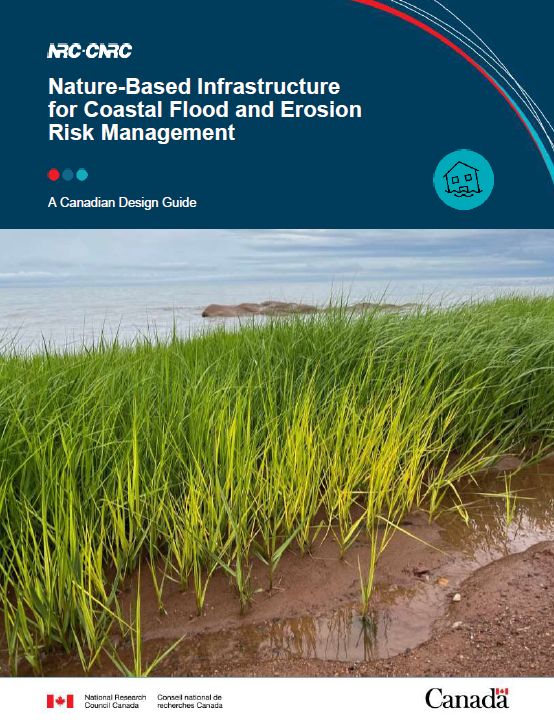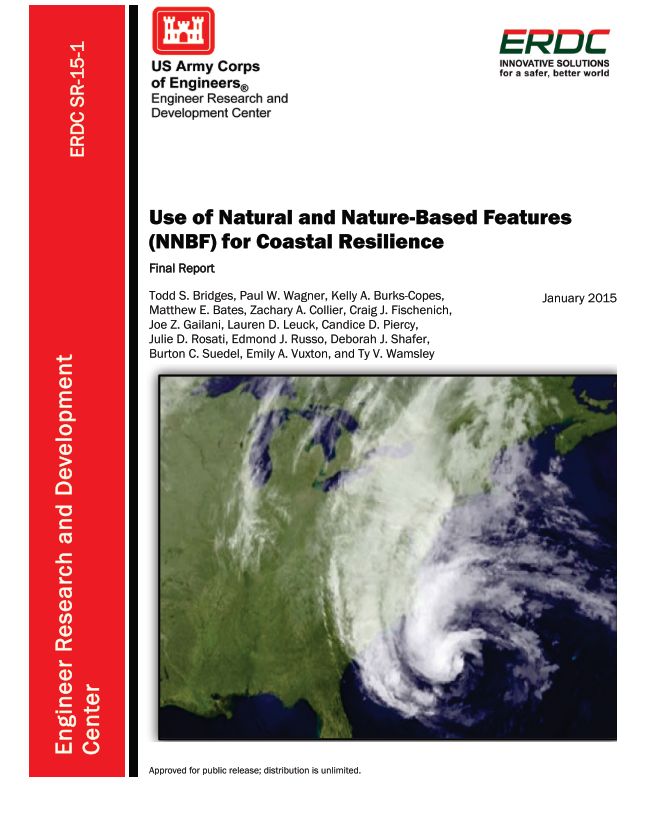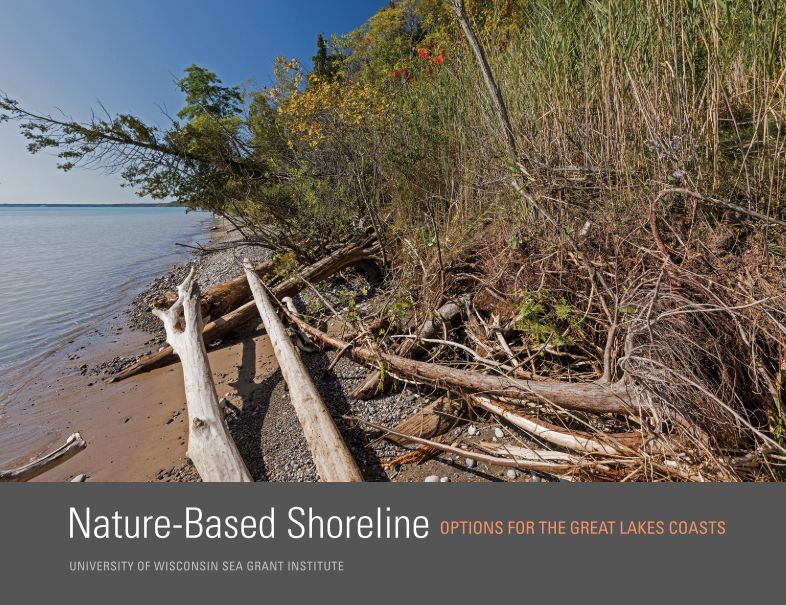Resources
Click on the headings below to view downloadable materials:
Quarterly Meeting #1 – June 13, 2024
Quarterly Meeting #2 – Sept. 12, 2024
Quarterly Meeting #3 – Dec. 12, 2024
Quarterly Meeting #4 – March 27, 2025
Fall 2024 Workshop Series
Virtual Public Meeting - Feb. 12, 2025
PowerPoint Presentation - 2025.02.12
(PDF)
Video Recording of Meeting - 2025.02.12
(MP4 video file)
A - Sturgeon Creek Watershed Master Drainage Study
(JPG)
B - Screening Assessment of Municipal Infrastructure and Natural Capital
(JPG)
C - Publish Fact Sheets on Best Practice to Increase Coastal Resilience
(JPG)
D - Develop In-situ and Greenhouse Nurseries to Grow Native Dune Plants for Restoration
(JPG)
E - Evaluate Opportunities for Nature-based Restoration and Connectivity Projects
(JPG)
F - Investigate the Benefits of Habitat Shoals at the Tip of Point Pelee National Park
(JPG)
G - Evaluate In-lake Sand Resources for Beach Nourishment Projects
(JPG)
H - Explore Beneficial Re-use of Dredged Sediment
(JPG)
I - Examine Options to Bypass Sediment at Harbours
(JPG)
pending
Report: Nature-Based Infrastructure for Coastal Flood and Erosion Risk Management
Nature-based infrastructure for coastal flood and erosion risk management is a form of nature-based solution, consisting of natural or built assets that rely on, or mimic, natural system processes to provide coastal flood and erosion risk management function, while delivering environmental and other societal co-benefits. This document provides evidence-based guidance for practitioners on approaches, methods, and techniques for selecting, designing, deploying, preserving, and adaptively managing nature-based infrastructure in Canada’s diverse coastal settings.
Click to visit the National Research Council report download pageReport: Use of Natural and Nature-Based Features (NNBF) for coastal resilience
This report offers details regarding the use of natural and nature-based features (NNBF) to improve coastal resilience and was designed to support post-Hurricane Sandy recovery efforts under the North Atlantic Coast Comprehensive Study (NACCS),
Click to visit the USACE report download pageReport: Nature-Based Shoreline Options for the Great Lakes Coasts
This guide describes the different types of NBS techniques that may be suitable for the Great Lakes and includes case studies
for each technique to illustrate its use in this region.
Click to download the document
Website: Rubble Ridges at Illinois Beach State Park by Proof Projects
An innovative coastal resilience pilot project that aims to protect rare terrestrial habitats from accelerated coastal erosion by incorporating in-water habitat features.
Click for more information.



